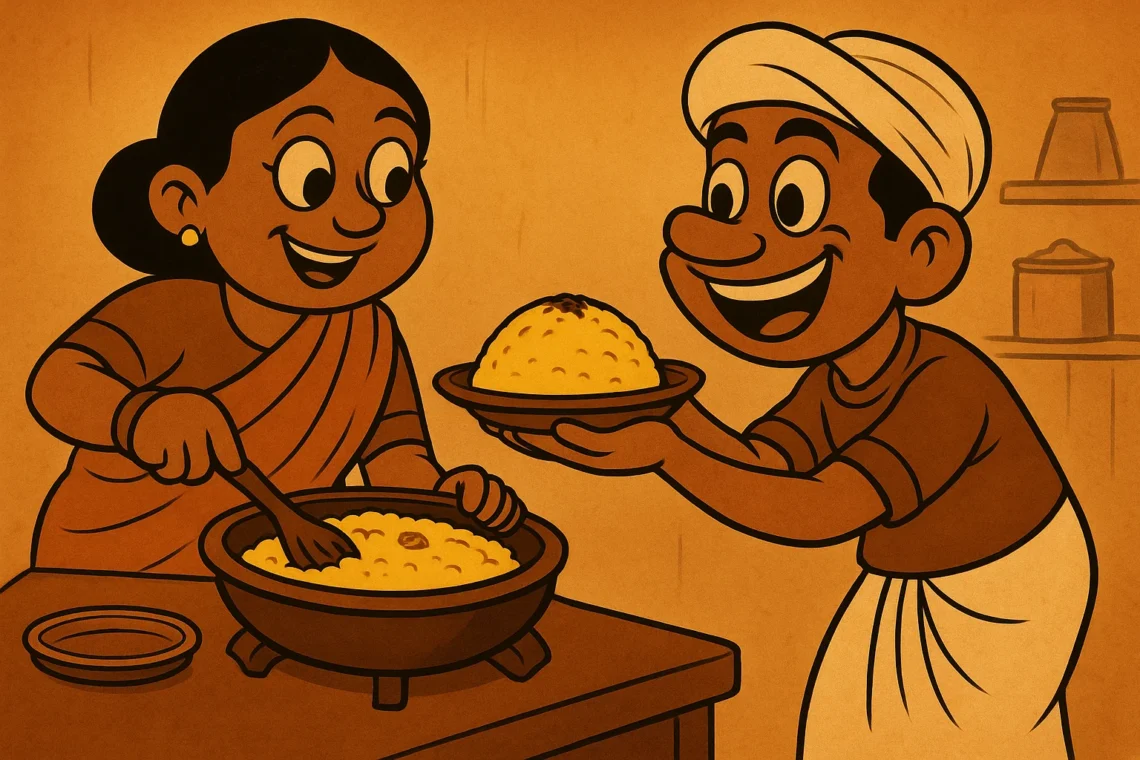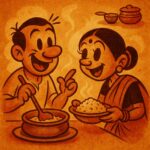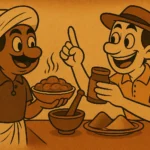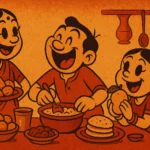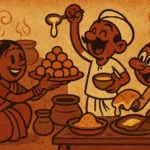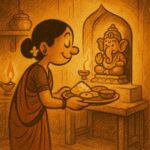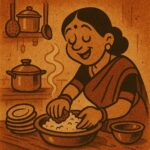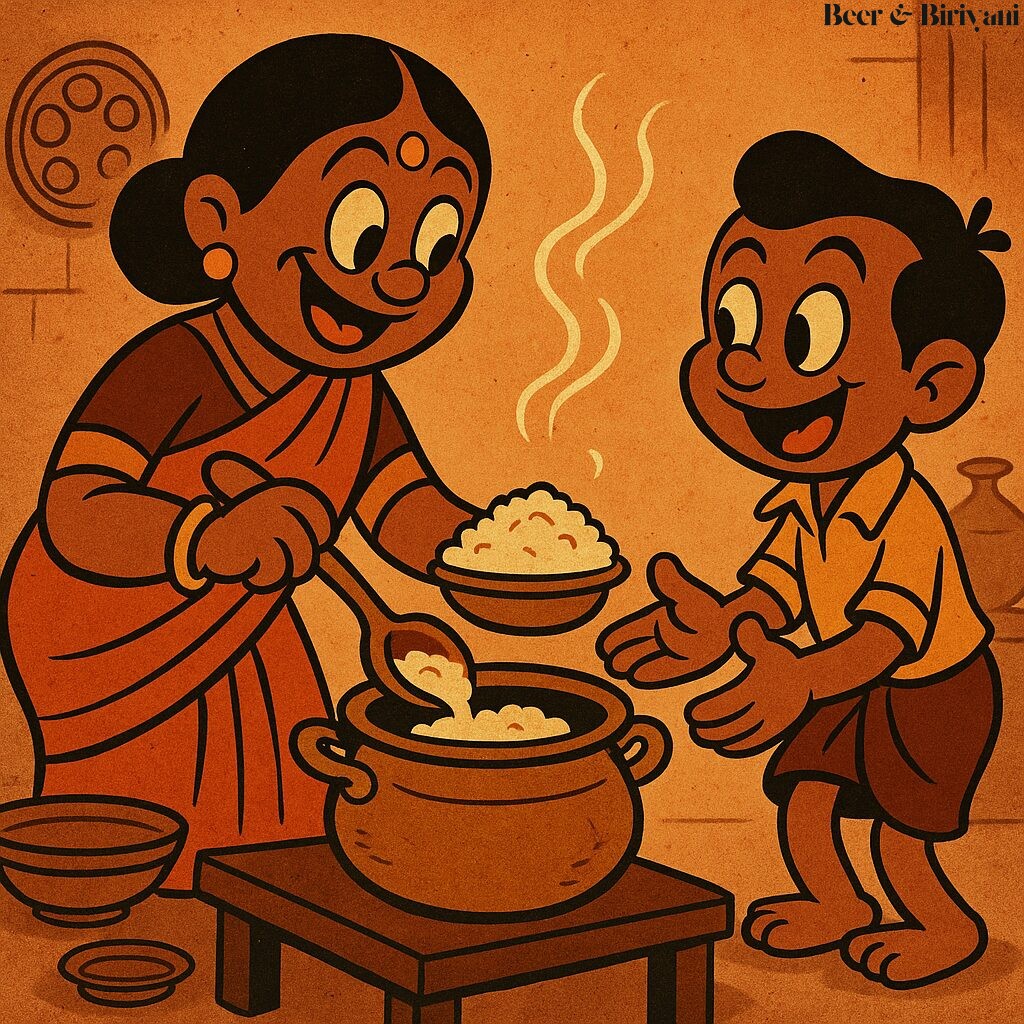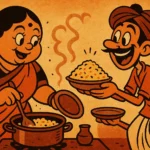When you think of comfort food, one dish that’s bound to come to mind in any corner of India is something made with semolina. You may have heard it called “sooji” in one place, “rava” in another, but let’s be honest – it’s all the same. Or is it? While the name might be interchangeable, the way it’s served, cooked, and cherished varies wildly across regions. The same humble grain has worn many hats over centuries, each version making its way into kitchens with its own unique spin. And it’s time we unpack that.
The Comfort of Semolina
Growing up in Mumbai, my earliest memories of semolina were wrapped up in the warmth of my mom’s kitchen. I remember the unmistakable aroma of sheera (the Maharashtrian version of semolina pudding) wafting through the house, especially on those lazy Sunday mornings when nothing could be more comforting than a bowl of this golden, ghee-laden delight. Whether sweet or savory, semolina — or what I now realize is known as both “sooji” and “rava” — has always been at the heart of comfort cooking in India. But let’s dig deeper into its regional avatars.
Sooji – The Sweet Side of Things
In Mumbai, the word “sooji” has a special place, mostly reserved for sheera. This sweet dish, a beautiful concoction of semolina, ghee, sugar, and cardamom, is the stuff of childhood memories. It’s rich, indulgent, and has the kind of melt-in-your-mouth sweetness that can turn any frown upside down. Whether served for breakfast or as a quick dessert, it’s an easy way to win hearts. My mom always added a few raisins and cashews for texture, making sure it wasn’t just a treat for the taste buds but for the eyes too.
One thing I’ve realized is that “sooji” isn’t just about the final product but about the method. In Maharashtra, it’s made in a rather straightforward way: fry the semolina in ghee, add water, and stir until you have that perfect pudding consistency. Oh, and the *sizzle* of the semolina hitting the hot ghee? Pure magic.
Rava – The Savory Sensation
Now, cross over to Tamil Nadu or Andhra Pradesh, and “rava” takes on a whole new persona. It’s no longer the sweet, indulgent bowl of comfort we know. Instead, it becomes the foundation of savory dishes like upma. This dish, typically eaten for breakfast or as a light evening meal, is a medley of sautéed rava with mustard seeds, curry leaves, and green chilies — all cooked in ghee, of course. The result? A burst of flavors in every bite, with just enough spice to make you crave more.
I’ll admit, I had a hard time with upma when I first moved to Austin. The rava was just too much of a jump from my beloved soother of a sheera. But once I learned to appreciate the richness of the tempered spices, I was hooked. There’s something incredibly satisfying about savoring it alongside a cup of hot filter coffee, a combination that truly wakes up the senses.
Other Regional Rava Delights
From Kerala’s rava payasam (a sweet dessert made with rava) to Rajasthan’s dalia (a savory porridge made with cracked wheat), semolina has truly carved out different identities across the Indian subcontinent. In the north, rava’s versatility shines through in upma and halwa, while in the south, it is the key ingredient in dishes like rava dosa — thin, crispy pancakes that pair perfectly with coconut chutney and sambar.
And let’s not forget the ubiquitous suji ka halwa that finds its place at any North Indian wedding. It’s prepared the same way as the Maharashtrian version but with a bit more cardamom and saffron to elevate it to a celebratory level. The distinct golden color of the halwa, combined with the crunch of slivered almonds, makes it an absolute showstopper.
The Rava and Sooji Divide
So, are “sooji” and “rava” really the same thing, or is there some subtle difference between the two? Honestly, there isn’t much that separates the two; the words are often used interchangeably to refer to semolina. But regionally, the dishes that use semolina come with such varying flavors, textures, and techniques that they almost feel like different foods altogether.
In the end, it’s not about whether you call it soji or rava — it’s about how you enjoy it. It’s about the memories wrapped in each bite and the stories shared over a plate of semolina, whether it’s sweet, savory, or somewhere in between.
Embracing the Semolina Tradition
While I may have lived in Austin for a few years now, my love for semolina hasn’t changed. If anything, I’ve started experimenting with fusion versions of the dishes from my childhood, infusing flavors from Texas with my beloved Indian ingredients. Rava upma with a sprinkle of smoked paprika, anyone?
The beauty of semolina lies in its adaptability. From the simplest of meals to extravagant feasts, this humble ingredient continues to serve as the perfect blank canvas, capturing the essence of home and heritage in every bite. So whether you’re in the bustling streets of Mumbai, the quiet lanes of Chennai, or the wide-open plains of Texas, a plate of rava or sooji will always be a reminder that some things — no matter where you are — remain beautifully the same.
Born in Mumbai, now stir-frying feelings in Texas. Writes about food, memory, and the messy magic in between — mostly to stay hungry, sometimes just to stay sane.

